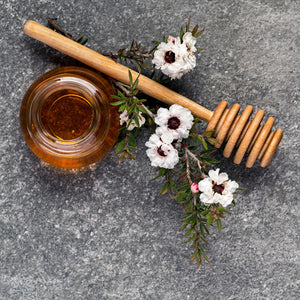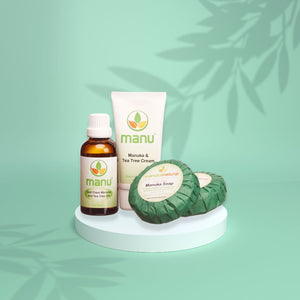Understanding Gemmotherapy:
Gemmotherapy, a form of herbal medicine, is an emerging natural therapy that taps into the potent healing properties of embryonic plant tissues—primarily buds, young shoots, and rootlets. This unique therapy, rooted in the rich traditions of European herbal medicine, utilizes the life essence and energy found in these young plant parts to support the body's healing processes.
Origins and Principles
Gemmotherapy was developed in the mid-20th century by Dr. Pol Henry, a Belgian physician and homeopath, who began exploring the therapeutic potential of plant buds in the 1950s.

Dr. Henry’s research led to the understanding that these embryonic tissues contain concentrated amounts of active ingredients, including vitamins, minerals, enzymes, nucleic acids, and growth hormones, which are pivotal during the plant's growth phase. These substances are believed to carry the plant's vitality and regenerative properties, making them particularly potent in medicinal applications.
The term "gemmotherapy" is derived from the Latin word gemma, meaning both "bud" and "precious stone." This dual meaning beautifully encapsulates the concept: just as a gemstone holds immense value in a small form, so too do plant buds carry powerful healing properties in their embryonic state.
How Gemmotherapy Works
The extraction process used in gemmotherapy is distinct and involves macerating fresh plant buds, young shoots, or rootlets in a mixture of water, alcohol, and glycerin. This method ensures that the delicate and potent compounds within the buds are preserved and extracted in a form that can be easily absorbed by the human body.

Gemmotherapy is often used as a complementary therapy, working alongside other natural remedies or conventional treatments. It operates on the principle that by supporting the body's natural detoxification processes—primarily through the lymphatic system, kidneys, liver, and skin—it can help restore balance and promote overall well-being.
Practitioners of gemmotherapy believe that these embryonic plant extracts have a profound impact on cellular regeneration and tissue repair, making them effective in treating a wide range of conditions, including allergies, digestive disorders, skin problems, and respiratory issues. The buds are thought to contain all the potential of the plant, offering a broader spectrum of healing properties than mature plants.
Therapeutic Applications
Gemmotherapy is versatile, with a range of applications depending on the specific bud or shoot used. Here are a few examples:
Blackcurrant (Ribes nigrum) Buds:
Known as a "universal remedy," blackcurrant buds are prized for their anti-inflammatory and anti-allergic properties. They are often used to boost adrenal function, combat fatigue, and manage allergies.
Silver Birch (Betula pendula) Buds:
These are commonly used for their detoxifying effects, particularly in the liver and kidneys. Silver birch is also recommended for joint issues and as a general tonic to enhance vitality.
Linden Tree (Tilia tomentosa) Buds:
Linden buds are valued for their calming and sedative effects, making them useful in treating stress, anxiety, and sleep disorders.
Rosemary (Rosmarinus officinalis) Young Shoots:
Known for their stimulating properties, rosemary shoots can support cognitive function, improve circulation, and aid digestion.
Fig (Ficus carica) Buds:
These buds are often used to treat digestive issues, particularly those linked to stress, such as ulcers and irritable bowel syndrome. They are also believed to have a calming effect on the nervous system.

Safety and Considerations
One of the advantages of gemmotherapy is its gentle nature, making it suitable for a wide range of people, including children, the elderly, and even pregnant women when used under the guidance of a knowledgeable practitioner. The dosages are typically low, and the risk of side effects is minimal.
However, like all forms of therapy, gemmotherapy should be used with caution. It is essential to consult a healthcare professional or a trained gemmotherapy practitioner before starting any treatment, especially if you are already on medication or have a pre-existing health condition.

The Future of Gemmotherapy
While gemmotherapy is still relatively unknown outside of Europe, its popularity is growing as more people seek natural and holistic approaches to health. Ongoing research is exploring the full potential of these embryonic plant extracts, and their role in integrative medicine is likely to expand in the coming years.
In conclusion, gemmotherapy offers a promising avenue for those interested in natural health. By harnessing the life force of plants at their most potent stage, gemmotherapy provides a unique and gentle method of supporting the body’s natural healing processes. As interest in this field grows, gemmotherapy may well become a cornerstone of holistic health practices worldwide.




Leave a comment